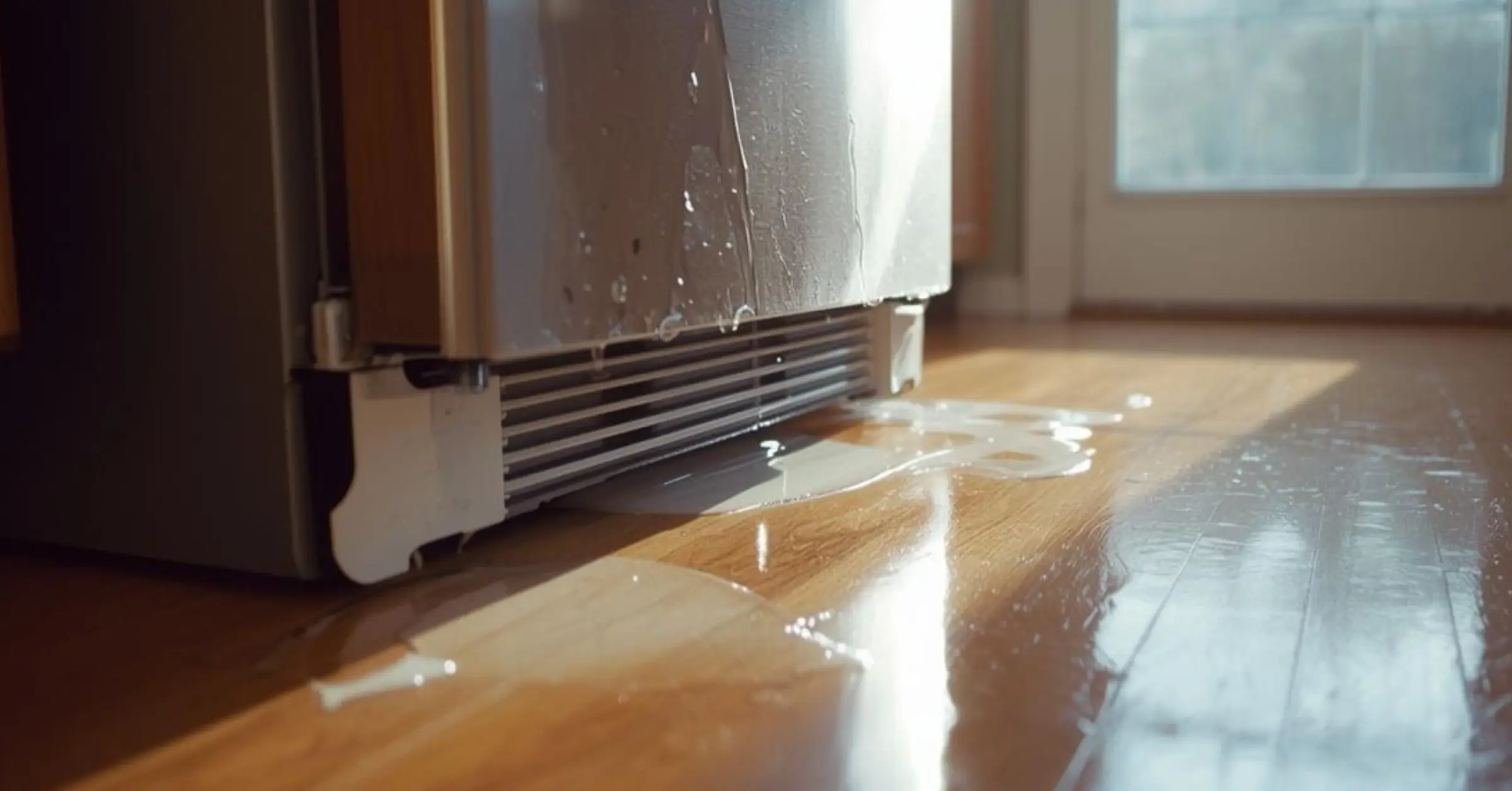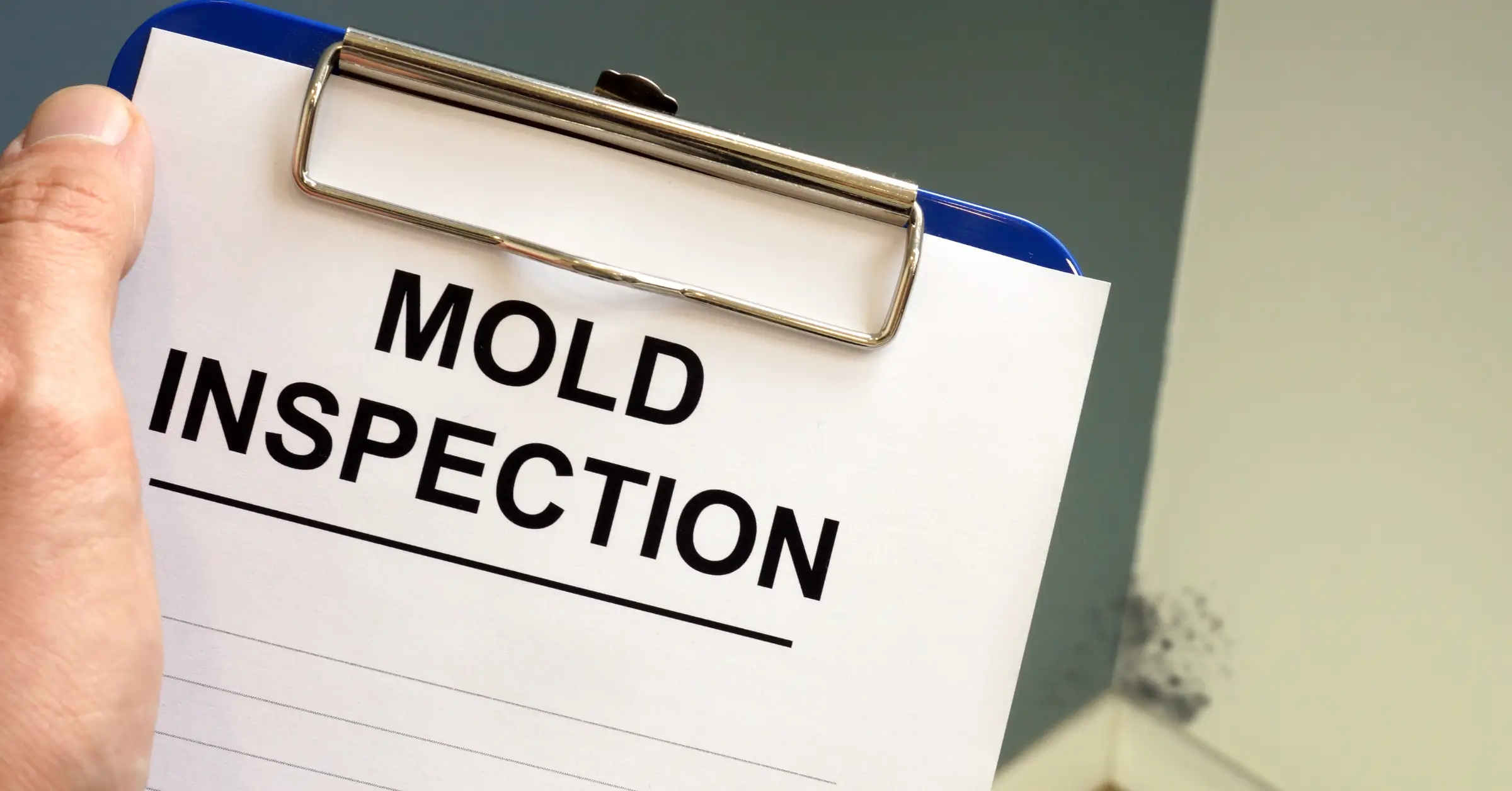Nobody wants to deal with sewage backup in their home. It’s gross, dangerous, and expensive to fix. But the good news is that you can prevent sewage backup in your house with the right steps. These simple actions can save you thousands of dollars and protect your family from serious health risks.
Raw sewage contains harmful bacteria and viruses that can make you sick. According to the Centers for Disease Control and Prevention, sewage carries dangerous germs like E. coli, Salmonella, and hepatitis A. When sewage backs up into your house, it creates a health emergency that needs immediate attention.
In this guide, we’ll show you seven proven ways to prevent sewage backup in your house. These methods work for homes of all ages and sizes. You’ll learn what causes backups, how to stop them, and when to call professionals for help.
What Causes Sewage Backup in Your House?
Understanding why sewage backups happen helps you prevent them. The most common causes include clogged pipes, tree root invasions, heavy rainfall, and aging sewer systems. When your home’s drainage system can’t handle the flow, sewage has nowhere to go but back into your house.
Blockages often start small but grow bigger over time. Grease, hair, paper products, and other debris build up in pipes. Tree roots seek out water sources and can crack or block sewer lines. During heavy storms, municipal sewer systems can become overwhelmed and force sewage back through your drains.
The Environmental Protection Agency reports that sanitary sewer overflows happen in almost every system. These overflows can cause basement backups and property damage. That’s why it’s so important to take steps to prevent sewage backup in your house before problems start.
1. Schedule Regular Sewer Line Inspections and Maintenance
The best way to prevent sewage backup in your house is to catch problems early. Professional sewer line inspections can spot issues before they become disasters. A qualified plumber can use special cameras to look inside your pipes and find blockages, cracks, or root intrusions.
Schedule inspections every 1-2 years for older homes or if you’ve had problems before. During maintenance visits, professionals clean your lines and remove buildup that could cause backups. They can also check for signs of pipe damage that might lead to future issues.
Regular maintenance costs much less than emergency repairs. When you prevent sewage backup in your house through routine care, you avoid the high costs of water damage restoration and health hazards. If you need professional help, sewage cleanup specialists can assess your system and recommend the best maintenance schedule.
2. Watch What You Flush and Pour Down Drains
What goes down your drains directly affects your ability to prevent sewage backup in your house. Many household items can cause clogs that lead to backups. Avoid flushing anything besides toilet paper and human waste. Never flush wipes, feminine products, cotton swabs, or cat litter, even if they claim to be “flushable.”
In the kitchen, never pour grease or cooking oil down the drain. These substances solidify in pipes and create stubborn blockages. Instead, let grease cool and throw it in the trash. Use a strainer in sink drains to catch food particles and empty it regularly.
Hair is another major cause of drain blockages. Use drain covers in bathroom sinks and showers to catch hair before it goes down the pipes. Clean these covers weekly to prevent buildup. These simple habits are essential steps to prevent sewage backup in your house.
3. Install a Backwater Valve for Maximum Protection
A backwater valve is one of the most effective ways to prevent sewage backup in your house. This device allows sewage to flow out of your home but automatically closes if water tries to flow back in. According to FEMA, backwater valves provide excellent protection against sewage backups.
These valves work especially well during heavy rains or when municipal sewer systems become overwhelmed. When the city’s sewers back up, your backwater valve prevents that sewage from entering your home. Installation requires a professional plumber, but the protection is worth the investment.
Different types of backwater valves are available, including gate valves and flap valves. Your plumber can recommend the best option for your home’s specific needs. Regular maintenance ensures these valves work properly when you need them most. This investment helps prevent sewage backup in your house during emergencies.
4. Manage Tree Roots Near Sewer Lines
Tree roots are attracted to the moisture and nutrients in sewer pipes. Even small cracks can invite roots inside, where they grow and create serious blockages. To prevent sewage backup in your house, you need to manage trees and shrubs near your sewer lines.
Avoid planting large trees within 10 feet of your main sewer line. If you already have trees near your pipes, have them inspected regularly for root intrusion. Professional plumbers can remove roots and repair damaged pipes before they cause backups.
Some homeowners use root-killing products, but these should only be used as directed by professionals. The safest approach is to keep trees away from sewer lines and monitor existing trees for problems. If you’re dealing with water leaks from damaged pipes, address them quickly to prevent root intrusion.
5. Install and Maintain a Sump Pump System
A sump pump removes excess water from around your home’s foundation. This helps prevent sewage backup in your house during floods or heavy rainfall. When groundwater rises, it can put pressure on sewer lines and cause backups. A properly working sump pump reduces this pressure.
Test your sump pump before each storm season by pouring water into the pit. The pump should turn on automatically and remove the water quickly. Check that the discharge pipe directs water away from your foundation. Battery backup systems keep pumps running during power outages.
Regular maintenance includes cleaning the pit, checking the float switch, and ensuring the pump motor works properly. Replace pumps every 7-10 years or as recommended by the manufacturer. A reliable sump pump is crucial insurance to prevent sewage backup in your house during wet weather.
6. Ensure Proper Landscaping and Drainage
Your yard’s slope and drainage patterns affect your home’s sewer system. Poor drainage can lead to water pooling around your foundation, which increases pressure on sewer lines. To prevent sewage backup in your house, make sure your property slopes away from your home.
Install gutters and downspouts that direct rainwater away from your foundation. Keep these systems clean and in good repair. Consider adding French drains or other drainage solutions in problem areas where water collects.
Grade your landscaping so water flows toward storm drains or designated drainage areas. Avoid creating low spots where water can pool near your home. Proper yard drainage is often overlooked but essential to prevent sewage backup in your house during storms.
7. Create an Emergency Preparedness Plan
Even with preventive measures, emergencies can happen. A good emergency plan helps you respond quickly to prevent sewage backup in your house from becoming a disaster. Know where your main water shut-off valve is located and how to turn it off quickly.
Keep emergency supplies like rubber gloves, disinfectant, and plastic bags in an easily accessible location. Have contact information for emergency plumbers and restoration services readily available. The American Red Cross recommends having an emergency plan for all household disasters.
Monitor weather forecasts and be extra cautious during heavy rainfall or flood warnings. If you notice slow drains or sewage odors, address these warning signs immediately. Quick action can prevent sewage backup in your house and minimize damage.
Understanding the Health Risks of Sewage Backup
Sewage backup creates serious health hazards that make prevention so important. Raw sewage contains bacteria, viruses, and parasites that cause illness. Exposure can lead to stomach flu, hepatitis A, and respiratory infections. The Frederick County Health Department warns that sewage backup requires immediate cleanup to protect health.
Sewage also releases toxic gases like methane and hydrogen sulfide. These gases can cause breathing problems and worsen asthma. Contaminated materials in your home can grow mold, creating additional health risks. That’s why it’s so critical to prevent sewage backup in your house before it happens.
If backup does occur, never handle sewage cleanup yourself. Professional restoration companies have the proper equipment and training to safely remove contaminated materials. They can also test your home to ensure it’s safe for occupancy. Consider this when you think about the importance of efforts to prevent sewage backup in your house.
When to Call Professional Help
Some prevention methods require professional expertise. Installing backwater valves, repairing damaged sewer lines, and major drain cleaning need qualified plumbers. Don’t attempt these jobs yourself, as improper work can make problems worse.
Call professionals immediately if you notice sewage backup warning signs like multiple slow drains, sewage odors, or gurgling sounds from drains. These symptoms often indicate serious blockages that DIY methods can’t fix. Professional help is essential to prevent sewage backup in your house from becoming a major disaster.
If you experience sewage backup, contact emergency sewage cleanup services immediately. Professional restoration teams can safely remove contaminated water, clean affected areas, and restore your home to a healthy condition. They also work with insurance companies to help cover restoration costs.
The Cost of Prevention vs. Cleanup
Investing in prevention saves money compared to dealing with sewage backup cleanup. Professional sewer line maintenance typically costs a few hundred dollars annually. Installing a backwater valve might cost $1,000-3,000, but sewage backup cleanup can cost $10,000 or more.
Beyond financial costs, sewage backup creates health risks and displaces families from their homes. Some contaminated materials can’t be cleaned and must be replaced entirely. Personal belongings may be permanently damaged. When you prevent sewage backup in your house, you protect both your investment and your family’s wellbeing.
Insurance coverage for sewage backup varies by policy. Many standard homeowner’s policies don’t cover sewer backup damage. Check your coverage and consider adding sewer backup protection if it’s not included. Prevention remains the best protection, regardless of your insurance situation.
Working with Your Municipality
Your local water and sewer department can provide valuable information to help prevent sewage backup in your house. They often have maps showing sewer line locations and can tell you about planned maintenance that might affect your property.
Some municipalities offer rebates for installing backwater valves or other flood prevention devices. They may also provide emergency contacts for after-hours sewer problems. Building relationships with local officials helps you stay informed about issues that could affect your home.
Report persistent sewer problems to your municipality promptly. Sometimes backups result from problems in the public sewer system that the city needs to address. Working together helps prevent sewage backup in your house and protects your entire neighborhood.
Seasonal Considerations for Sewage Backup Prevention
Different seasons bring different challenges for sewer systems. Spring snowmelt and heavy rains increase the risk of backups. Fall brings leaves that can clog storm drains and divert water toward your foundation. To prevent sewage backup in your house year-round, adjust your maintenance schedule accordingly.
Before each storm season, test your sump pump and clean your gutters. Check that downspouts direct water away from your home. Have your sewer lines inspected if you’ve had problems in previous years. Seasonal preparation helps prevent sewage backup in your house when conditions are most challenging.
Winter freezing can crack pipes and create spring problems. Insulate exposed pipes and keep your home heated to prevent freeze damage. If you experience pipe bursts, address them immediately to prevent more serious issues.
Take Action to Protect Your Home Today
You now have seven proven methods to prevent sewage backup in your house. Start with simple steps like watching what you flush and scheduling regular maintenance. Consider investing in backwater valves and proper drainage for maximum protection. Remember that prevention costs much less than cleanup and protects your family’s health.
Don’t wait for problems to develop. Small issues become big disasters when ignored. Take action now to prevent sewage backup in your house and give yourself peace of mind. Your home is your biggest investment – protect it with proper sewer system care.
If you need professional help with sewage backup prevention or emergency cleanup, contact the experts at A/S General Contracting. Our experienced team provides water damage restoration and sewage cleanup services throughout San Diego County. We’re available 24/7 for emergencies and can help you create a prevention plan that works for your home. Contact us today to learn more about protecting your property from sewage backup disasters.


